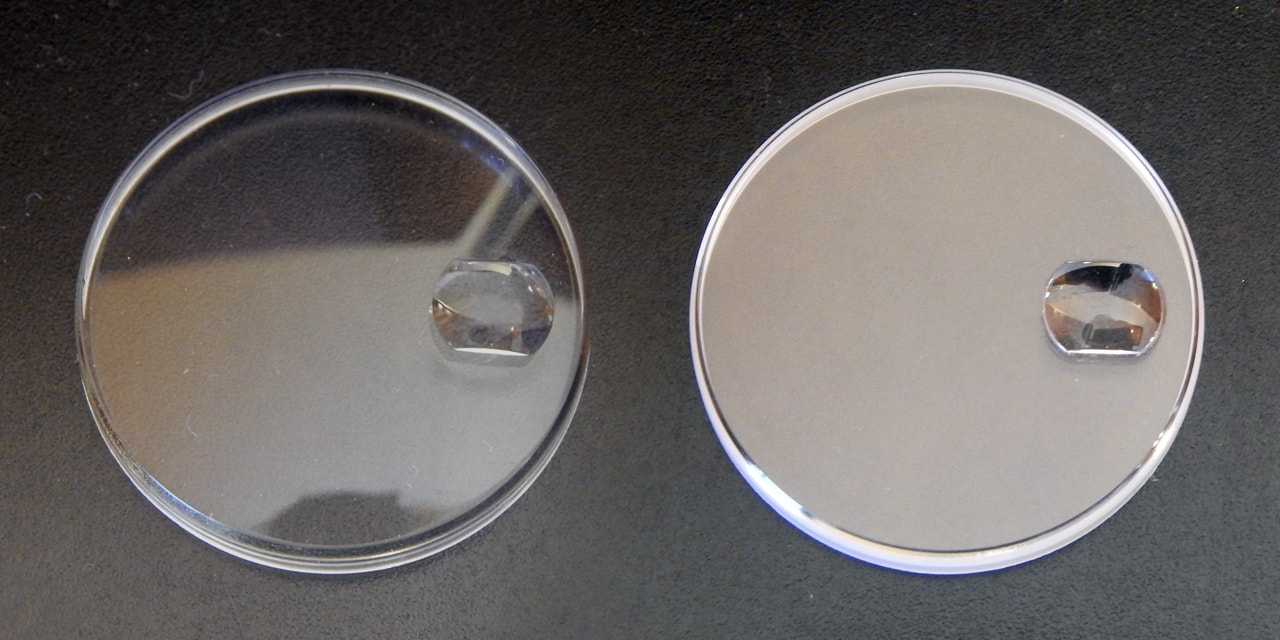What’s Better, Acrylic or Sapphire Rolex Crystals?
Watch crystals are one of the most visible yet most fragile aspects of a wristwatch. Without a crystal that is clear, reading the watch would be impossible. Yet, having a crystal that was as clear as glass provided clear viewing, but was easily broken as the watch face is vulnerable to bangs, door jams, and day-to-day knocks that wrists survive but not necessarily watch crystals. For decades the watch industry wrestled with these constraints. Up until the late 20th Century, most watch crystals were in fact acrylic with the exceptions being mineral glass or expensive sapphire only seen on higher end watches. So what’s better, acrylic or sapphire Rolex crystals?
Rolex slowly introduced synthetic sapphire with no clear indication when the entire line would be either sapphire crystals or acrylic. The advantages of acrylic was that it is more resistant to day-to-day bangs, but it scratched easily, and it would lose its elasticity over the years and would need to be replaced in order to keep the watch water tight. A scratch to an acrylic crystal was easy to polish out and the smooth edges give it a warm feeling. An acrylic crystal was easy to polish and keep “crystal” clear, but doing so required some maintenance and access to car wax. When an acrylic crystal broke, it did not shatter into pieces and the watch could still keep running, although it lost its water tight capability. Omega’s SpeedMaster that went to the moon was selected for the Apollo missions partially because of the Hesalite (acrylic) crystal such that if it shattered in space, there would not be crystal splinters floating around the Apollo cabin. For years, most of the Rolex sports line possessed acrylic crystals because of these properties. Rolex’s first sapphire crystal appeared on the OysterQuartz in 1970 and the Submariner in 1981. The Rolex Perpetual was the last watch to possess a sapphire crystal which was not until 1991.
Synthetic sapphire crystals are extremely hard, with diamond only being harder on the moths scale, and incredibly clear. A synthetic sapphire crystal is resistant to scratches, easy to read, and requires little maintenance. The drawback with synthetic sapphire is that its hardness makes it prone to shattering leaving splinters inside the watch. Rolex requires a complete watch service during a crystal replacement because of the high probability of crystal shrapnel landing inside the movement. If your Rolex sapphire crystal does shatter, the first thing to do (aside from crying or swearing, or both) is to pull out the crown and stop the movement. You do not want crystal pieces to scratch the watch face, or cause more damage inside the movement.
— Featured Photo Credit: BeckerTime’s Archive.






